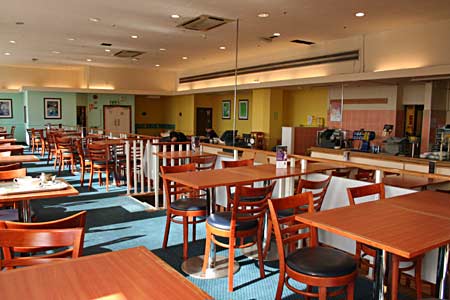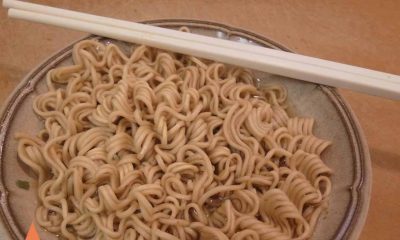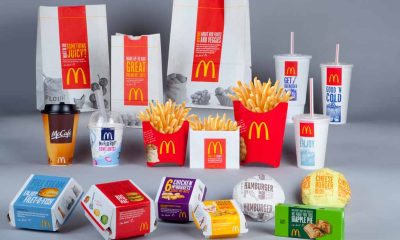News
Here’s How Demonetisation Is Affecting Restaurants
Early on Tuesday evening, restaurants were ushering in patrons, taking orders and filling up, as usual. Merely an hour later patrons erupted with excitement and shock and scrambled to pay their restaurant bills with Rs.500 or Rs.1000 notes and scoot off back home or to an ATM.
The reason, of course, was Prime Minister Modi’s announcement that from midnight of November 9th, Rs500 and Rs.1000 notes would no longer be valid in an effort to curb black money, corruption, counterfeiting and terrorism.
Restaurants Cashed In
Immediately following the announcement, several restaurants were quick to implement special offers which would allow customers to spend their soon-to-be invalid notes on food and drinks.
Social Offline outlets across the country posted offers on social media telling patrons that they could pay Rs.500 for 5 shots or Rs.1000 for ten shots.
Fear not. We're still accepting your notes.
Rs.500 for 5 shots, Rs. 1000 for 10 shots. #Offer
PS : Offer valid till midnight today. pic.twitter.com/Fhbfel1PXx
— SOCIAL (@SocialOffline) November 8, 2016
TabulaBeach Cafe in Delhi offered a Rs.650 shot for Rs.500 and almost ran out of their supply by the end of the night. KFC began offering 15% cashback on Paytym transactions.
Then They Feel The Pinch
However, come Wednesday, sales were predictably down. According to the National Restaurants Association of India, consumer spending at restaurants cross the country dropped up to 40%.

“In locations where we get predominantly young customers, sales have been badly hit. In others places frequented by corporates, the impact was limited because most transactions are through credit cards,” said Zorawar Kalra of Massive Restaurants to the Economic Times.
Meanwhile, some restaurants and delivery services were asking customers to be sure they had Rs.100 notes on them before they were served their food. At present, Zomato has temporarily recalled the cash on delivery option for many restaurants and is requesting that customers pay online.
However, restaurants hope that both payment methods and footfalls will smoothen out over the next few days.




















